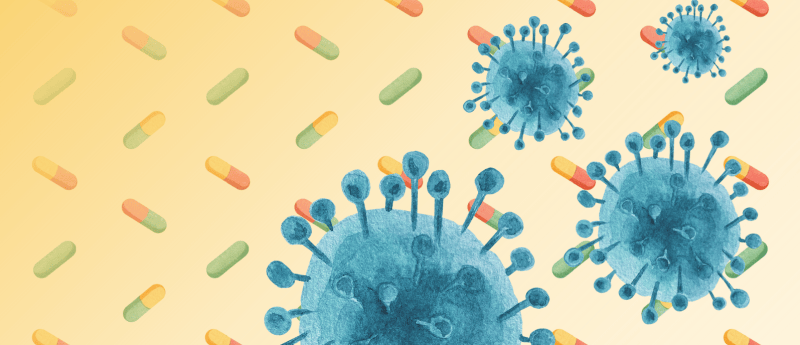Non-antibiotic medications in the environment could exacerbate AMR

Original story from the University of Exeter (UK).
Are mixtures of commonly used medications that end up in our waterways and natural environments increasing the development of antibiotic-resistant bacteria?
When humans or animals take medications, as much as 90% can pass through the body and into natural environments, via wastewater or run-off from fields. In the environment, this build-up of antibiotic medicines can accumulate to a strength sufficient to kill the bacteria that live there. This can result in bacteria evolving defenses that help them to survive these concentrations, which can mean they are also resistant to antibiotics used to treat them if they later infect humans.
However, less is known about how build-up of other medicines also affects bacteria, and until now, scientists have largely investigated the effect of these medications on triggering this antibiotic resistance one at a time.
Now, new research led by the University of Exeter (UK) has revealed that regular drugs used for pain relief, diabetes medication and hormone replacement can increase the tendency for bacteria to develop the genes needed to resist antibiotic treatments, when combined with a common antibiotic as happens in the environment.
 The risks of methylmercury contamination in marine ecosystems
The risks of methylmercury contamination in marine ecosystems
Climate change may be increasing the spread of a neurotoxin, methylmercury, in the ocean.
In laboratory tests, the team exposed a community of wastewater bacteria to mixtures of the commonly used antibiotic ciprofloxacin and one other non-antibiotic medication at low concentrations that are typical in the environment. They chose ciprofloxacin because it is often found in high concentrations in freshwater sources across the world.
Using growth assays and qPCR, the team found that, when combined with ciprofloxacin, the non-antibiotic medications were more likely to lead to an increase in specific antibiotic resistance genes compared to when these bacteria were exposed to the antibiotic alone.
April Hayes, postdoctoral research fellow and microbiologist at the University of Exeter, led the research and explained:
“We’ve found that the kind of common medications that many people might routinely take can form a pharmaceutical cocktail in the environment and our waterways that promotes antibiotic resistance. This poses a potential threat to human health because if we then ingest these bacteria and are infected, we may not be able to easily treat them, as antibiotics are more likely to fail. Antimicrobial resistance is a growing global problem – and these mixtures might form an important contribution to that problem.”
Biotechnology and Biological Sciences Research Council (BBSRC; Swindon, UK) Associate Director of Research Strategy and Programmes, Jef Grainger, shared:
“UKRI has identified tackling infections as one of its five strategic themes, with antimicrobial resistance (AMR) recognised as a flagship challenge. This research deepens our understanding of how resistance develops, not just through antibiotics, but through combinations of drugs commonly found in the environment. These findings highlight the urgent need to consider pharmaceutical mixtures in AMR research and policy, helping to shape more effective interventions.”
This article has been republished from the following materials. Material may have been edited for length and house style. For further information, please contact the cited source. Our press release publishing policy can be accessed here.